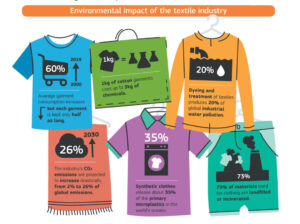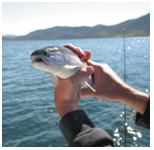Detox in the textile industry – real progress or Potemkin villages?
In this article we cast light on the progress of the Detox campaign in the textile industry. Detox is an initiative started by the environmental activist organization Greenpeace to challenge the business practice of global fashion brands who source from suppliers allegedly polluting the environment with hazardous chemicals. Their aim is to eliminate the discharge of hazardous chemicals from the effluents of textile processing factories by the year 2020.
Greenpeace´s Detox catwalk bashing again global fashion brands
 In their recently released update of their “Detox catwalk” the NGO Greenpeace examined the progress of 19 fashion brands opposite the target to eliminate all hazardous chemicals from their supply chain by 2020. Most fashion brands failed. Esprit, Limited Brands, Li-Ning and Nike performed worst in the assessment. According to Greenpeace, Nike even failed to satisfy in all of the assessed criteria. Only three European fashion brands, namely Spanish Zara (Inditex), Swedish Hennes & Mauritz (H&M) and Italian Benetton earned credit for their progress.
In their recently released update of their “Detox catwalk” the NGO Greenpeace examined the progress of 19 fashion brands opposite the target to eliminate all hazardous chemicals from their supply chain by 2020. Most fashion brands failed. Esprit, Limited Brands, Li-Ning and Nike performed worst in the assessment. According to Greenpeace, Nike even failed to satisfy in all of the assessed criteria. Only three European fashion brands, namely Spanish Zara (Inditex), Swedish Hennes & Mauritz (H&M) and Italian Benetton earned credit for their progress.
To read the full article, please login. The full content of this article and all premium articles is available exclusively for site members.
Site membership is free. If you are an existing user, please login. New users may register below.



